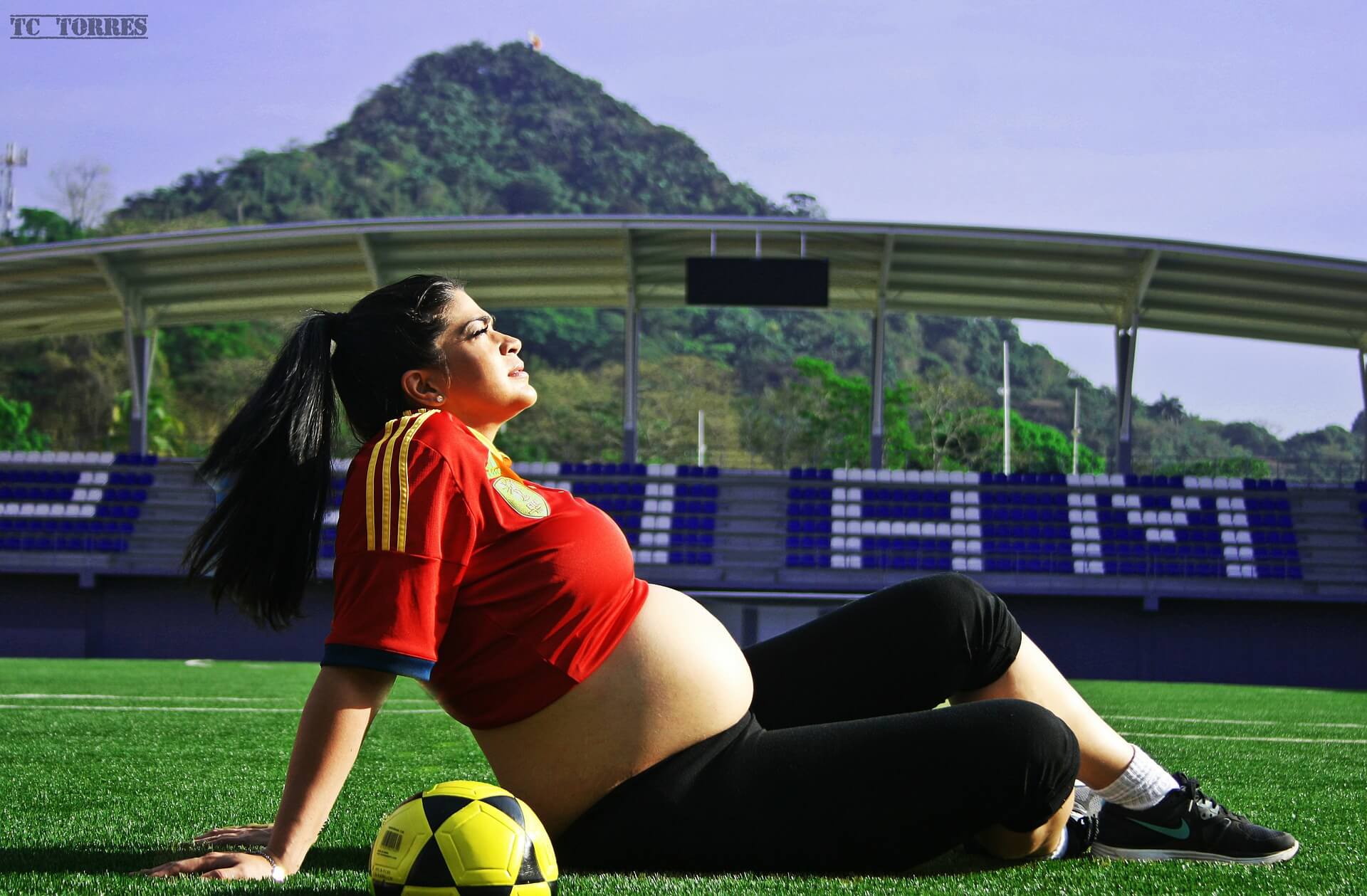Exercising During Pregnancy, And After

At the start of pregnancy, we are often a little scared of doing exercise, thinking that any strain could harm the baby. But depending on the month and the type of workout, exercising during pregnancy can be good for us, as long as we’re very careful and always follow the advice of our doctor.
Exercise during pregnancy if possible
You can do many types of exercise during pregnancy. A lot of moms-to-be like to exercise, and here are a few exercises that you can do without affecting your baby:
- Walk during pregnancy. This type of exercise doesn’t harm your baby; in fact, it has multiple benefits. It helps labor to begin naturally, prevents circulatory problems such as edemas, and reduces swollen legs and feet, constipation and haemorrhoids.
- Ride a bicycle. Believe it or not, cycling is also possible, although of course, with a lot of care and precaution. It relaxes, tones, improves circulation and reduces weight gain, among other benefits. You can cycle up to the fifth or sixth month of pregnancy, and when you reach the final trimester, you can always continue exercising using a stationary bike.
- Do exercise in the water. Bodies submerged in water are less heavy, reducing the risk of injury or muscle strain. This kind of activity helps your muscles, circulation and breathing, and can even reduce back pain.
- Practice yoga. This is another activity that has multiple advantages, including soothing back pain, improving posture, preventing haemorrhoids and vomiting. Additionally, it reduces fatigue, nervous tension and promotes a better oxygen supply to the fetus. It is a form of exercise that allows you to relax and meditate.
- You can also practice pilates. Take care with this type of exercise. It can bring the same benefits as yoga, but be careful to avoid any pressure on the stomach.
- Spinal stretches and head exercises. These stretches are another activity that you can do without any problems. They can help you with flexibility, relaxation and muscle tone.
A baby is something you carry inside you for nine months, in your arms for three years, and in your heart until the day you die.
-Mary Mason-

Exercises you should avoid during pregnancy
- High-risk sports. Diving and activities where you may fall or hurt yourself, such as horse riding, skiing or snowboarding.
- After your first trimester, avoid doing abdominal exercises or any other exercises that involve lying on your back. These can lead to nausea and disrupt blood flow to the uterus.
- Always avoid lifting weights standing up. It is better not to stand up for a long time, as this reduces the amount of blood getting to the uterus.

Exercises you can do following pregnancy
Many obstetricians and midwives suggest waiting four to six weeks after the birth of the baby to begin any type of exercise.
- Kegel exercises. If you had a cesarean section and notice that the area around the incision is inflamed or bruised, you can do this type of exercise. It strengthens the muscles of the pelvic floor, improving circulation and avoiding problems such as urinary incontinence.
- Arm flexes. With this exercise, you can strengthen your muscles, which will make it easier to carry your baby.
- Exercises of the head and shoulders. This will help you to tone your core. This will take time, of course, and you will need to be consistent to get back to your pre-pregnancy weight.
- Exercise your pelvis. This exercise is also very good for your core.
- Put together a plan to exercise correctly. You can begin with five minutes, two or three days a week, and then increase to 20 minutes or more if you feel comfortable.
Stop exercising if you notice something unusual
Pay attention to your lochia. If you notice a more abundant discharge, or a red or pink color, you should stop your exercise regime and call your doctor, who will be able to advise you.
It is understandable that new moms want to exercise and stay active, but it is also important to take care of your baby’s health. Consult your doctor if you are in any doubt about what kind of exercise to do.
All cited sources were thoroughly reviewed by our team to ensure their quality, reliability, currency, and validity. The bibliography of this article was considered reliable and of academic or scientific accuracy.
- Paisley, Theodore & Joy, Elizabeth & J Price, Richard. (2004). Exercise during pregnancy: A practical approach. Current sports medicine reports. 2. 325-30.
- Zavorsky, Gerald & D Longo, Lawrence. (2011). Exercise Guidelines in Pregnancy. Sports medicine (Auckland, N.Z.). 41. 345-60. 10.2165/11583930-000000000-00000.
This text is provided for informational purposes only and does not replace consultation with a professional. If in doubt, consult your specialist.








